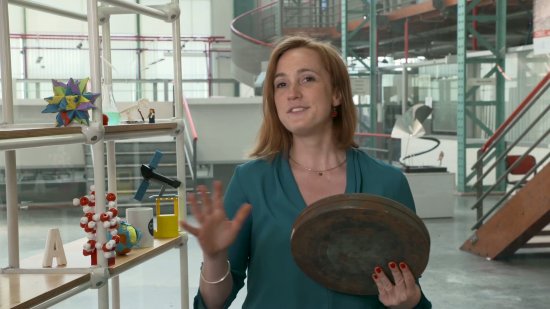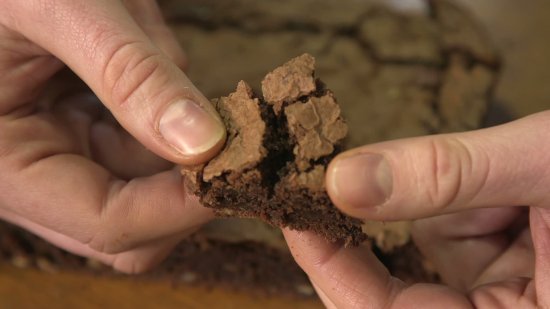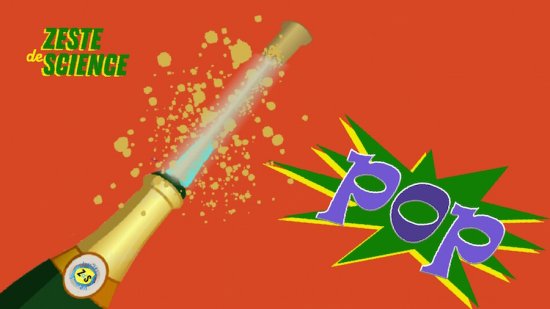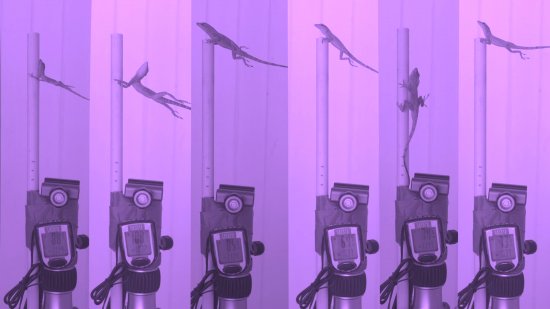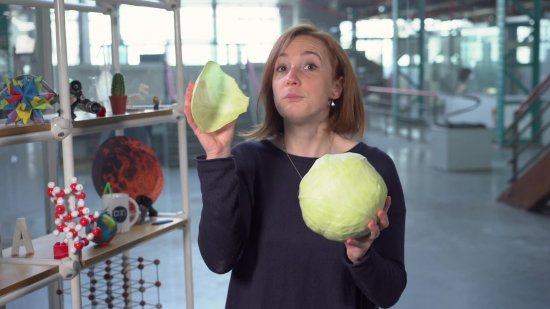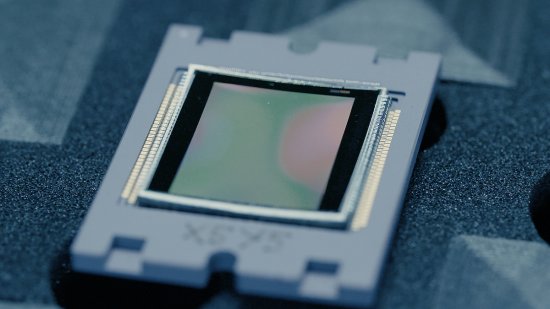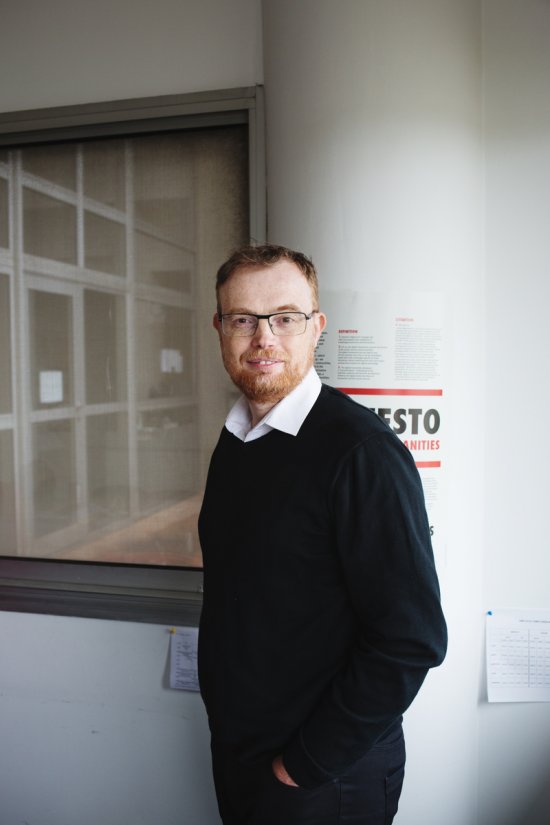Series
Zeste de science
The Youtube channel Zeste de science (ZdS) explores all aspects of scientific research, proving that even the most complicated scientific facts can be explained in less than 5 minutes, and that even the most seemingly trivial events of everyday life, if thoroughly studied, can contribute to the biggest technological advances.
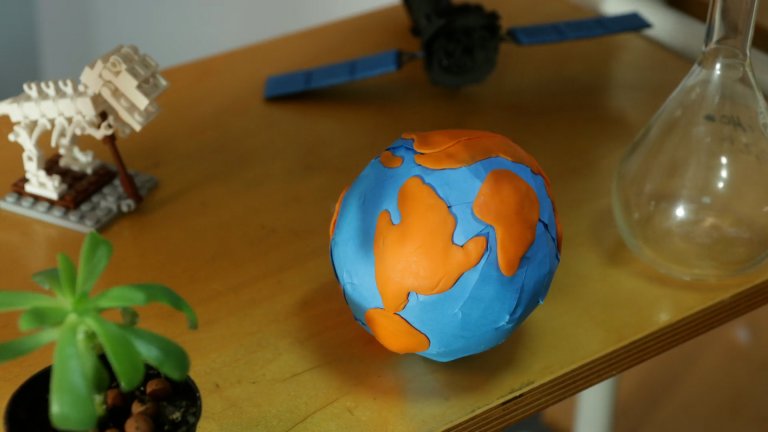
et que l'étude rigoureuse des événements les plus anodins du quotidien peut contribuer à des avancées technologiques de premier ordre.
CNRS Images,
Our work is guided by the way scientists question the world around them and we translate their research into images to help people to understand the world better and to awaken their curiosity and wonderment.





